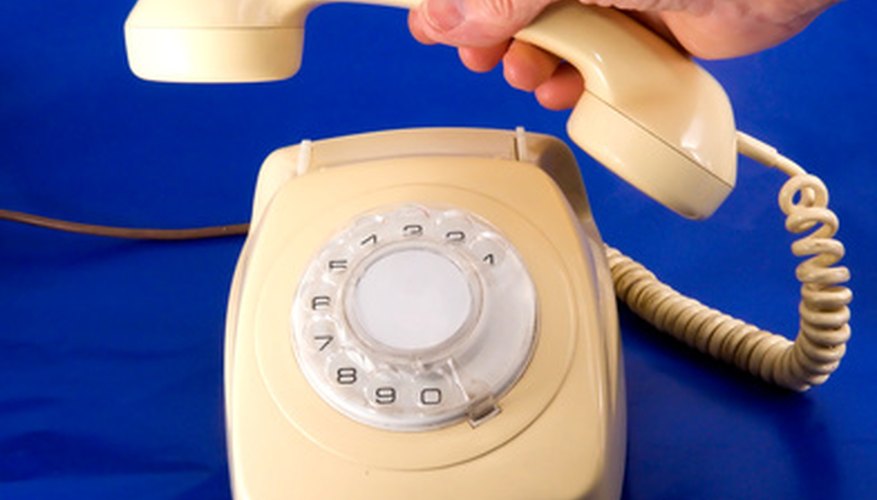Telemarketers or harassing calls are just two reasons why a person might need to block incoming calls. Telemarketers, for example, are forbidden by law to mask their phone numbers to try and get around call blocking or caller ID. While call blocking is readily accessible on cell phones, you can also easily block calls on a land line.
Contact your service provider. Before doing anything else, you should contact your phone service provider by phone or e-mail to ask about its available options. Many companies have call blocking services available for subscribers. Ask if anything is available on your plan and also make your sure you inquire about any additional charges before activating a blocking option.
- Telemarketers or harassing calls are just two reasons why a person might need to block incoming calls.
- Before doing anything else, you should contact your phone service provider by phone or e-mail to ask about its available options.
Press a code. Many companies, including Verizon, use the code 67 to activate call blocking. Other providers, such as AT&T, use 60.
Input the number you wish to block. Some carriers will also block a given number for your line specifically if you contact the service provider yourself.
Learn how many numbers you're allowed to block. Some carriers restrict how many phone numbers you can block on your land line. AT&T, for example, allows a person to block up to six numbers on a land line.
- Many companies, including Verizon, use the code _67 to activate call blocking.
- Some carriers restrict how many phone numbers you can block on your land line.
TIP
Remember to wait for a dial tone before pressing a code such as *67. Some carriers, such as AT&T, also allow call blocking on anonymous numbers.
